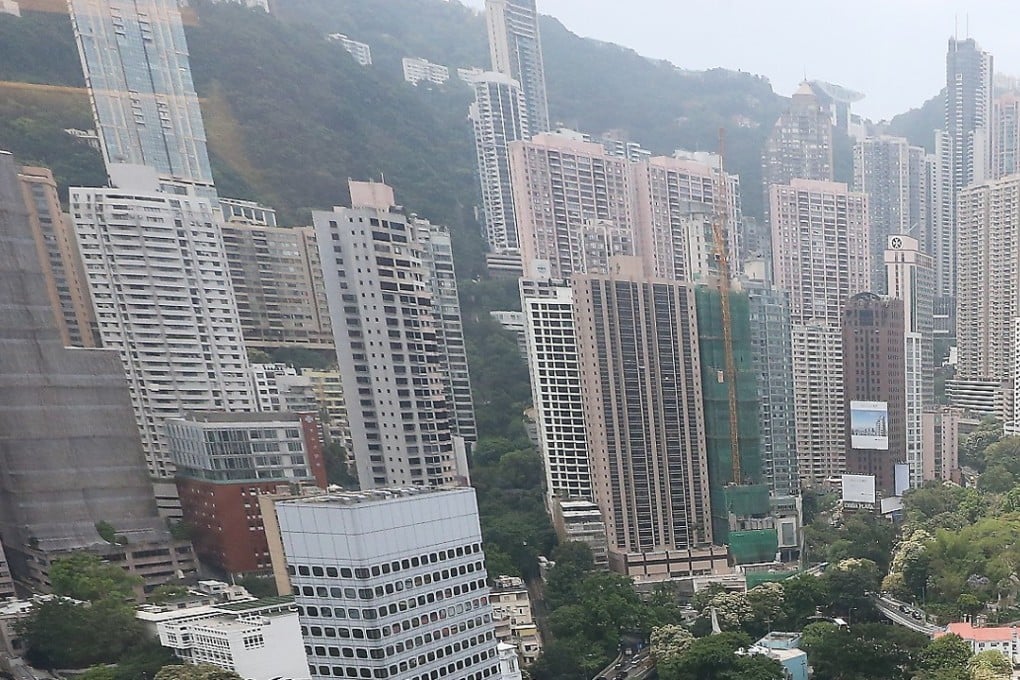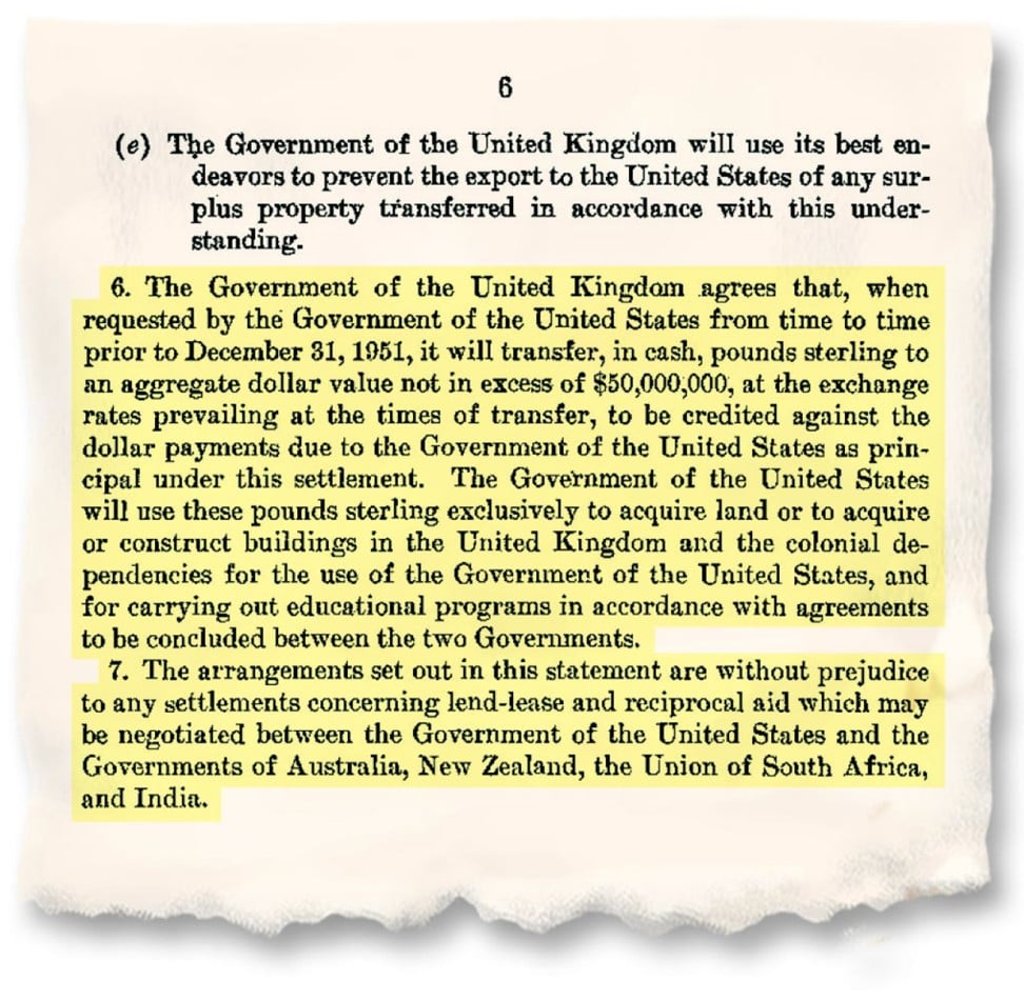How Britain’s post-war debt turned a small US outpost in Hong Kong into a staging area for its cold war operations in Asia
Declassified British government documents show negotiations that eventually led to 999-year lease for consulate in city began in 1946, and governor Alexander Grantham warned against granting it in 1949

The diplomatic negotiations between the American and Hong Kong governments which eventually led to the US consulate’s highly unusual 999-year lease in a prime city location actually began in 1946, declassified British government documents obtained by the Post show.
That was three years before the Communist Party established the People’s Republic of China, and a year after Britain and the United States signed an agreement under which Britain would give money to the US for the purposes of acquiring land in the UK and its colonies, according to the archived documents.
In a clause under the “Lend-Lease Settlement Statement”, which was part of the Anglo-American Financial and Commercial Agreements signed between the two sides in December, 1945, to help Britain cover the cost of its post-war spending, the US was allowed to buy land or erect buildings in Britain and its colonies.

The caveat was that the money could only be used for government or education purposes. Also, the request should be made by 1951, and the cash aggregate should not exceed US$50 million.
Files show that the US consul general approached the Hong Kong governor in 1946 expressing its interest in buying a suitable site for a consulate building. It was ultimately offered “a well-situated area of about 47,000 square feet with 75-year lease”.